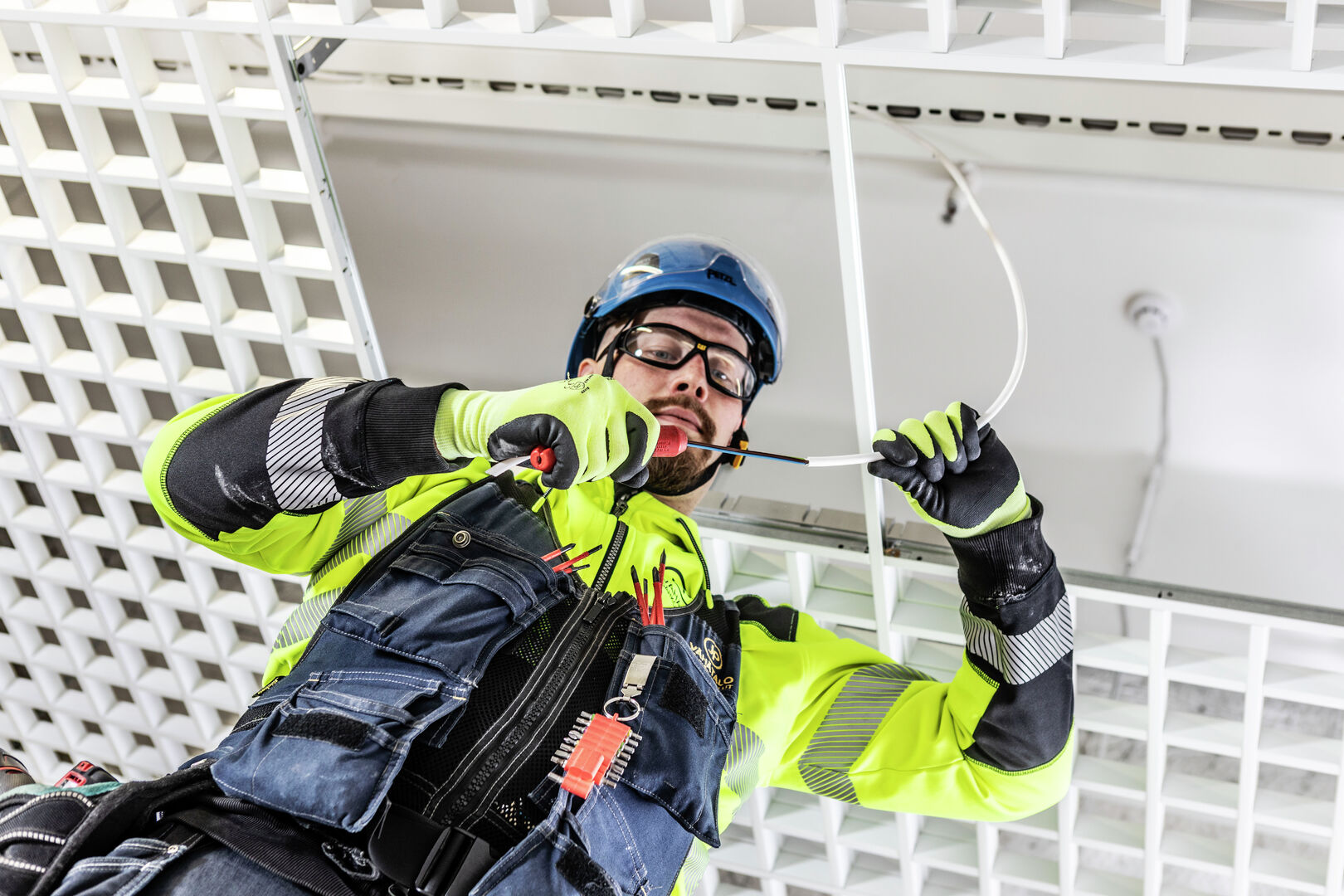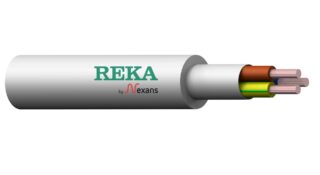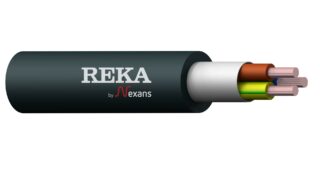Sähköasennus JP Vähätalo trusts Reka’s halogen-free EQQ cables

There are still many misconceptions about halogen-free and PVC cables, but today’s solutions offer better performance and handling than ever before.
If the video above does not play, watch it on YouTube here.
Modern halogen-free cables – Easy to handle and strip
Marko Mäkelä, Product Manager at Reka Cables, explains that one of the biggest questions from installers and companies is how flexible and easy to handle halogen-free cables really are.
“Nowadays, halogen-free cables are much more flexible. They are very close to MMJ cables, if not at the same level. The stripping has also been simplified, and halogen-free cables are easier to strip than PVC cables,” Mäkelä clarifies.
Versatile EQQ cable suitable for both flush and surface mounting
Jukka-Pekka Vähätalo, CEO of the Finnish company Sähköasennus JP Vähätalo, confirms his experience with Reka’s halogen-free cables:
“Reka’s halogen-free cables are very familiar to us. Many projects require different cables, like Dca and Cca classes. Reka is our first choice. EQQ cables suit both flush and surface mounting because the cable is easy to handle, flexible, and stiff enough for surface mounting.”
New Finnish regulations demand more from cables, and EQQ meets these needs perfectly.
Installers’ first impressions of halogen-free cables
When Sähköasennus JP Vähätalo switched to halogen-free cables, installers’ initial reactions were cautious: how would the new cables compare to traditional PVC cables?
“The myth of stiff and hard-to-handle cables no longer holds true. We have years of experience with Reka’s halogen-free EQQ cables, and if we don’t hear complaints from the field, it means the cable works well,” Vähätalo summarizes.
Halogen-free cable makes everyday work easier and safer
Vähätalo aims to use only halogen-free cables: “It makes daily work easier, reduces waste, and improves safety – and the price difference compared to PVC is minimal,” he says.
Halogen-free cables offer clear benefits on-site: good handling and easy stripping speed up installation, improve ergonomics, and reduce errors.
A responsible choice
More and more customers value safety and responsible solutions. Halogen-free cables do not emit harmful gases or thick black smoke in case of fire, unlike PVC cables. This can crucially improve evacuation safety and enable faster reuse of premises after a fire.
“It matters if lives can be saved or premises reopened sooner. Halogen-freedom is a step toward more responsible construction,” Vähätalo emphasizes.
Even if the required CPR class is lower on a project, Vähätalo recommends choosing the PVC-free, higher CPR class, safer, and more responsible option also for smaller jobs. Halogen-free cables are now everyday standard on their sites—not just because of regulations but because they simply work.
Even better handling coming soon
Previously, there was a significant price difference between halogen-free and PVC cables, but Mäkelä says the gap has narrowed considerably.
“With today’s compounds, we have been able to manufacture cables more cost-effectively. As more cables enter the market, the price difference is no longer significant. We are approaching identical price levels.”
Reka Cables aims to remove all PVC products from its range by 2027. Development focuses especially on Dca cables, which will replace PVC-based products on the market.
“We always strive to do better, and we are now launching a new product, EQQ-HF D Helppo. This innovative product is even better, easier to handle and strip – a market-changing solution,” Mäkelä concludes.
Halogen-free cables are no longer the future – they are here now, offering a safer, more sustainable, and better choice for all electrical installations.
More information on PVC-free, halogen-free cables:
Halogen-free cable vs. PVC cable: Video comparing evacuation safety
What is a halogen-free cable? Learn more here.
Four reasons to choose halogen-free cables. Read more on our site.
Halogen-free cables protect people and property
Reka Cables encourages Finnish authorities to tighten requirements

